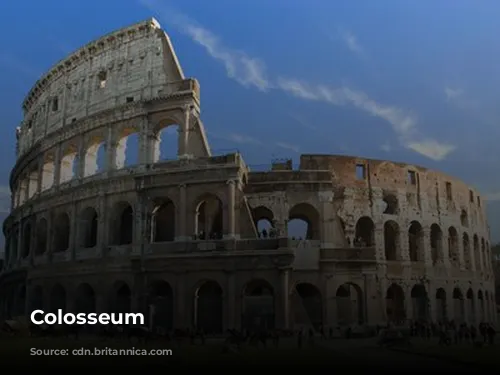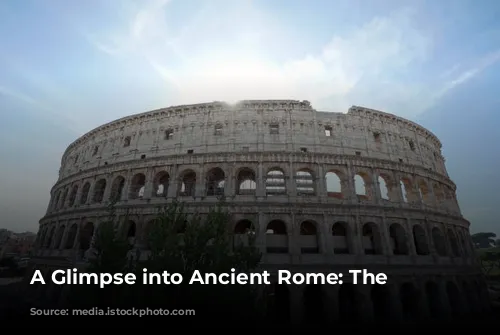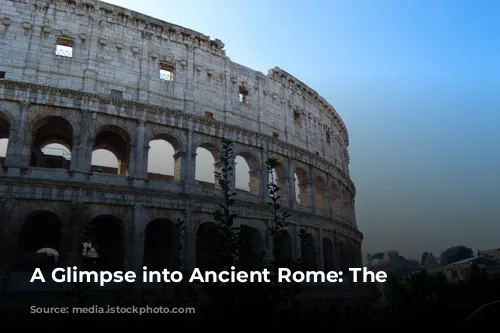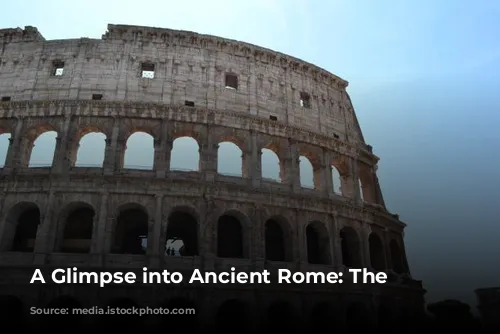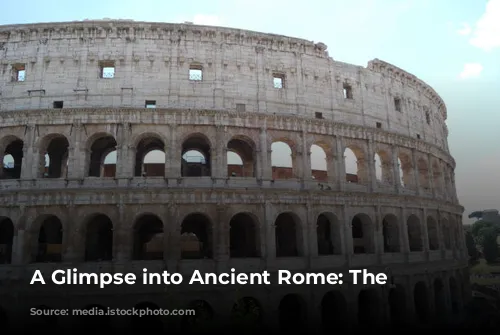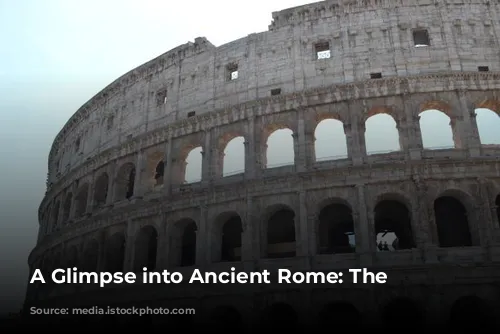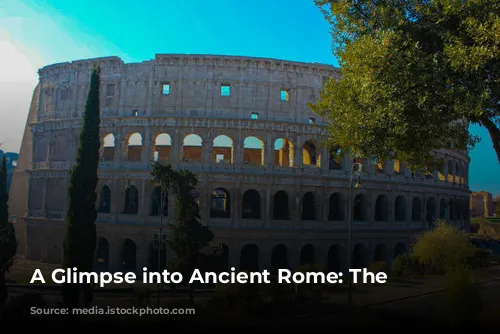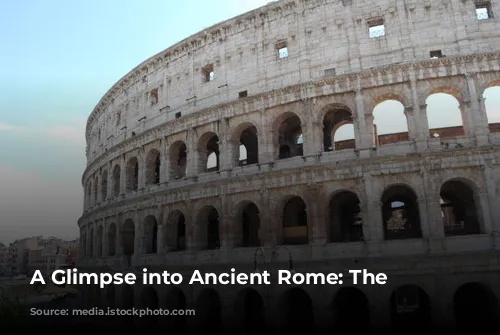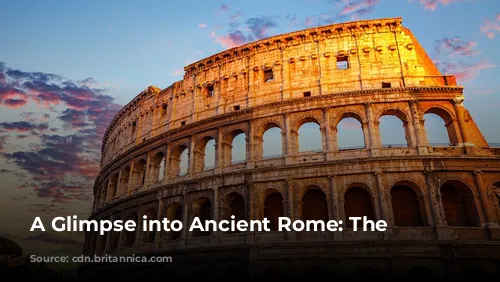The Colosseum, a testament to ancient Rome’s remarkable architectural and engineering skills, stands as one of the few surviving structures from the Roman Empire. This iconic landmark is also a significant source of income for the Italian government. In 2018, the Colosseum, Roman Forum, and Palatine Hill collectively generated over €53.8 million, making it the most lucrative tourist attraction in Italy.
Imagine walking through the ancient city of Rome, and there it is, the Colosseum, a gigantic arena built for spectacular entertainment. The Colosseum’s construction began under the reign of Emperor Vespasian between 70 and 72 CE. This mighty structure, dedicated in 80 CE by Vespasian’s son, Titus, was designed to host gladiatorial contests, animal hunts, and even mock naval battles.
A Monument to Power and Entertainment
The Colosseum, also known as the Flavian Amphitheatre, is an oval-shaped marvel constructed from stone, concrete, and tuff. Rising to a height of four stories, it measures a staggering 189 by 156 meters, capable of accommodating up to 50,000 spectators. Its construction was financed by the spoils of war – the plunder from Titus’s conquest of Jerusalem in 70 CE. Sadly, enslaved Jews from Judea were forced to labor on this grand project.
The Colosseum was built as a symbol of the Roman Empire’s power and grandeur. It represented a deliberate effort to revitalize Rome after the turbulent year of the four emperors in 69 CE. Vespasian, who ascended the throne from humble beginnings, chose to replace the tyrannical Emperor Nero’s private lake with a public amphitheater. This symbolic gesture showcased the emperors’ commitment to their people, providing a venue for entertainment and community gatherings.
A Symbol of Roman Entertainment
The Colosseum’s design reflects the ingenuity of Roman architects and engineers. Unlike earlier amphitheaters, which were often built into natural hillsides, the Colosseum stands independently. This impressive structure relies on a sophisticated system of barrel and groin vaults for support. Three of its tiers are adorned with arcades, featuring engaged columns in the Doric, Ionic, and Corinthian orders. This unique design set a precedent for Renaissance architecture, inspiring the concept of the assemblage of orders.
The Colosseum was much more than just a venue for gladiatorial combat. It was a stage for a wide array of spectacles, including hunts, and mock naval battles. Although there is no conclusive evidence, some believe that the Colosseum may have been the site of early Christian martyrdoms.
A Monument Through Time
The Colosseum has witnessed centuries of history and change. After the fall of the Western Roman Empire, it fell into disrepair. The arena was repurposed as a fortress by the Frangipane and Annibaldi families in the 12th century, and in the 15th century, Pope Alexander VI allowed it to be used as a quarry. For over a millennium, this architectural wonder suffered neglect and vandalism. The once-glorious marble seats and decorative materials were stripped away, leaving behind a shell of its former grandeur.
Efforts to preserve the Colosseum began in earnest in the 19th century, with notable contributions from Pope Pius VIII. In the 1990s, a major restoration project was launched. Today, the Colosseum stands as a powerful symbol of Rome’s rich history and cultural heritage, attracting millions of visitors each year. Regular exhibitions showcase the fascinating culture of ancient Rome, offering insights into the lives of its people.
The Colosseum, with its history of triumphs and tragedies, stands as a testament to the enduring legacy of the Roman Empire. It serves as a reminder of the power, ingenuity, and entertainment of a bygone era. As visitors from around the world marvel at its grandeur, they connect with the spirit of ancient Rome and its enduring influence on our world.


